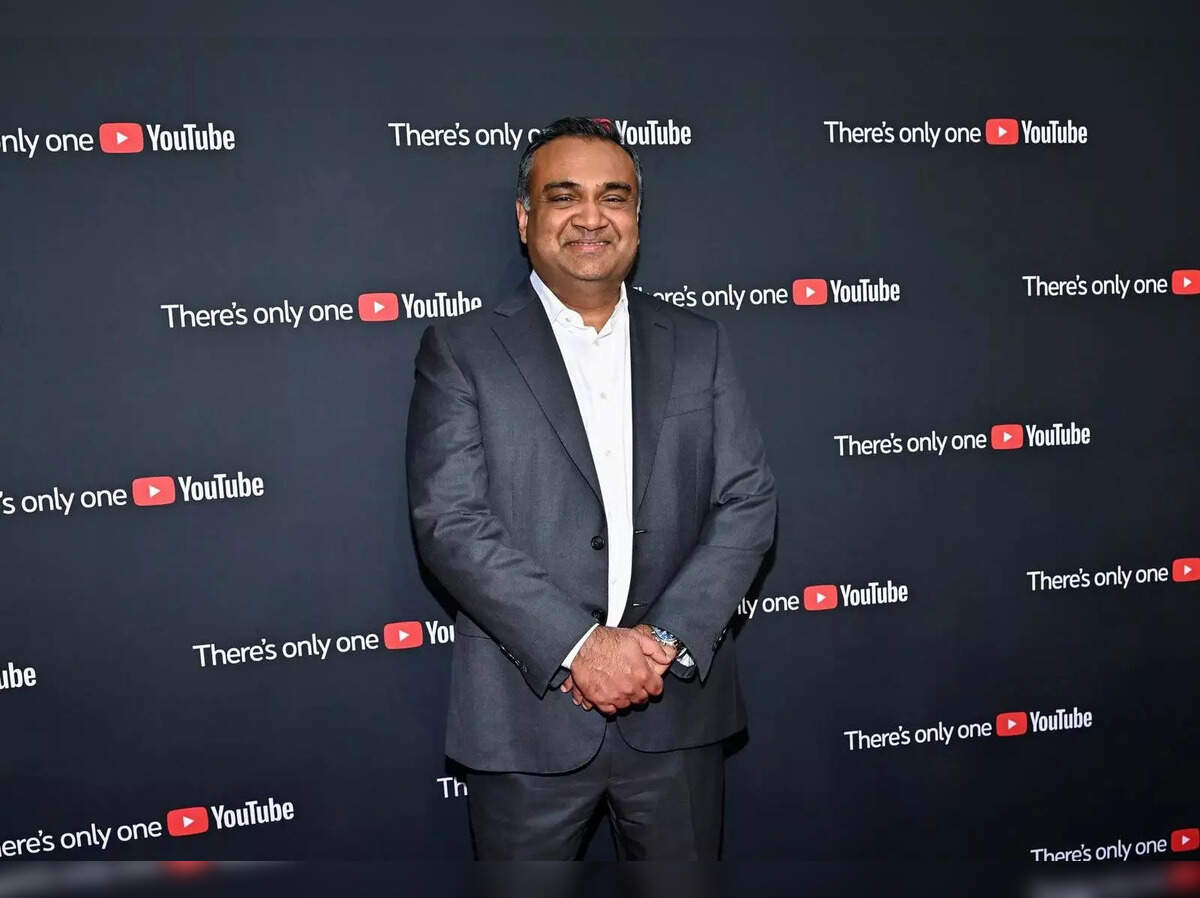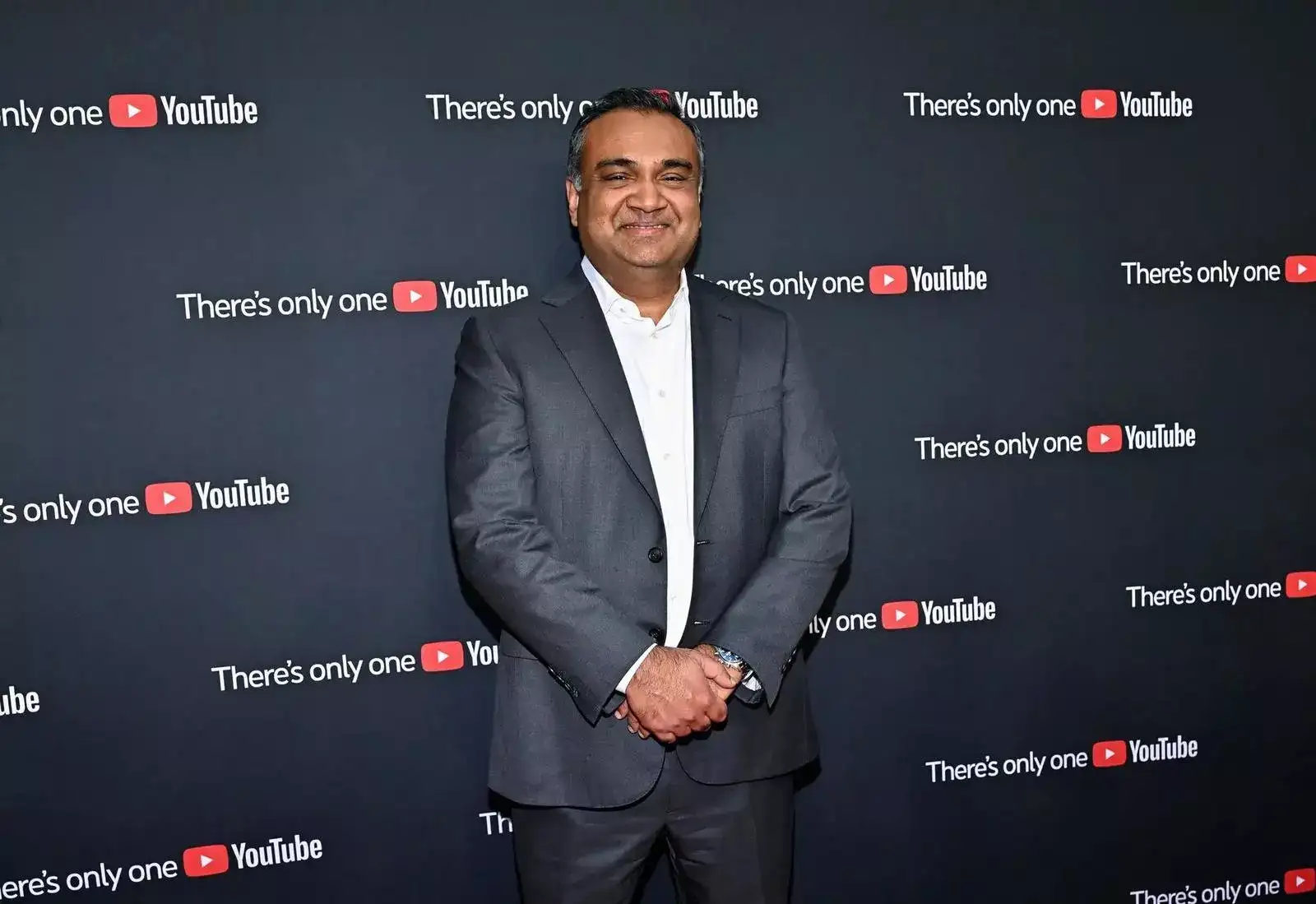The year 2025 marks a decade of the content platform, which, according to Nielsen, has topped streaming watch time in the United States for two years. The platform has long advocated free speech and creative expression as part of its mission.
Last year, more than 50% of channels earning five figures or more in US dollars on YouTube made money from sources other than ads and YouTube Premium. Shopping recommendations are also becoming a key revenue stream for many creators, with more than a 40% increase in channel memberships, the company said.
Over the years, YouTube has been a voice to many. Whether it be Nikhil Kamath hosting a podcast with India’s Prime Minister Narendra Modi or Raj Shamani giving the first glimpse of Vijay Mallya nine years since the latter’s departure from the country.
However, online content proliferating on the platform has also been a concern for a long time. According to a TOI report in January, tech companies, including Meta’s Facebook, Musk’s X, and Google’s YouTube, among others, have agreed to strengthen efforts against online hate speech under an updated code of conduct that will be incorporated into the European Union’s tech rules.
Here’s the list of major updates by YouTube this year:
July 2025: YouTube monetisation policy
YouTube has outlined two specific rules that explain the kind of content the platform considers unfit for monetisation. First, content borrowed from other sources must be significantly altered to be considered original. Second, repetitive content must serve a purpose beyond gaining views. It must be either entertaining or educational.
The updated monetisation policy continues to require creators to meet eligibility standards to join YPP. A channel must have at least 1,000 subscribers and either 4,000 valid public watch hours in the past year or 10 million valid public Shorts views in the last 90 days.
June 2025: YouTube livestream
YouTube updated the livestreaming rules, increasing the minimum age to be eligible to broadcast a livestream to 16 years. Earlier, the minimum age was 13. The rule will come into effect on July 22.
June 2025: Moderation of videos
YouTube allowed partial violation for ‘public interest’ content. Under this rule, content moderators are required to keep the videos online unless more than 50% of the content breaches YouTube’s policies. Earlier, it was a 25% threshold. In cases where free speech outweighs associated risks, such scenarios would be dealt with under YouTube’s existing EDSA framework.
March 2025: Policy on content encouraging gambling
YouTube in March announced an age restriction of 18 years for accessing content that depicts or promotes online betting sites. However, content related to online sports betting and in-person gambling will not be subject to these restrictions.
Additionally, creators are also not allowed to direct viewers to any gambling sites or applications unless Google has certified them. With the new update, even the URLs, links embedded in images or text, visual displays (including logos), or verbal references are considered for checks.




